Current opportunities for collaborative research with other university departments and groups include those with chemistry, the Materials Science Program, molecular physiology and biophysics, the Cell and Molecular Biology Program, computer science and electrical engineering.
Crossing disciplines and drawing from a wide array of perspectives is one way physics at UVM stands apart from most other university programs. The department offers research opportunities in astrophysics, acoustical physics, biophysics, condensed matter physics, the physics of materials and the history of physics.
Astrophysical Research
Astrophysical research centers on experimental radio astronomy, with particular emphasis on pulsars and the interstellar medium. Observations are carried out using major instruments of the U.S. National Observatories and generally involve computer analysis and interpretation.
Biological Physics
Research in biological physics is being pursued in three areas: atomic-force microscopy (to study the structures of biological materials at the submicroscopic level); ultrasonic biophysics, (studying the physics of the interaction of ultrasound with living systems), and structural dynamics, looking at the changes in protein structure associated with function. These areas involve collaboration with the College of Medicine.
Research in Acoustical Physics
Acoustical and optical tweezers, being developed here, permit manipulating single cells without touching them. Theoretical and experimental studies of the biological effects of ultrasound emphasize the modeling of possible effects on humans.
Research in Biophysics
New forms of ultrasonic transducers and biosensors are being developed in collaboration with electrical engineering as part of the Materials Science Program. The research area of biological atomic force microscopy (AFM) is focused on the use of state-of-the-art technology to study biological systems under their native conditions. The goals are to determine the structure of macromolecular and micromolecular assemblies at sub-micrometer resolution, and to study dynamic processes of proteins and membranes in real time. X-ray crystallographic studies of proteins structure tells us not just what the machinery of life looks like but how it much move in order to accomplish biological function.
Research in Condensed Matter Physics
Theoretical and computational research programs in condensed matter physics deal with electronic, optical, lattice-dynamical, thermodynamic, surface, and magnetic properties of metals, semiconductors, superconductors, laser crystals, and biological materials. Materials of current interest include transition and rare-earth metals, fullerides and fullerenes, ordered, disordered, amorphous and liquid metals and alloys, ionic solids, and doped elemental and compound semiconductors. Some of the general approaches include the analytical and numerical methods of self-consistent band theory, crystal-field theory, multiple-scattering theory, Green's function formalism, and density-functional theory. Experimental condensed-matter physics includes the nonlinear interaction of materials with ultrasound, as well as the submicroscopic structure of biological materials.
Research in Materials Physics
Theoretical studies of the optical properties of materials include the electronic structure of defect complexes in ionic crystals, the application of subtracted dispersion relations to optical data analysis, and the separation of inter- and intra-band effects in the infrared spectra of metals. Related studies are concerned with theories of X-ray scattering, of X-ray optical properties, and of X-ray optical elements.
History and Philosophy of Physical Science
Other faculty members at UVM are active in the history and philosophy of physical science, with particular regard to the way in which it evolves. Particular interests include the relationships among science, society, and technology issues in the physical sciences. Several faculty members also collaborate in local and national applied efforts and research in improving physics education.
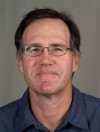 Dennis P. Clougherty, Professor
Dennis P. Clougherty, Professor
Dr. Clougherty's research is concerned with several topics in theoretical condensed matter physics, including high Tc superconductivity, magnetism, quantum sticking, density functional theory, and the properties of fullerenes and nanotubes.
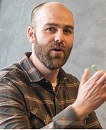 Adrian Del Maestro, Assistant Professor
Adrian Del Maestro, Assistant Professor
Dr. Del Maestro's research involves the application of high performance computational tools to study the effects of strong interactions in condensed matter systems. In particular, I am fascinated by low dimensional systems where the interplay between quantum mechanics, dissipation and disorder can lead to exotic cooperative phenomena.
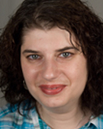 Madalina Furis, Professor
Madalina Furis, Professor
Dr. Furis' research interests include spin-polarized magneto-optical spectroscopy studies of nitride semiconductors, the time-resolved spectroscopy of nitride emitters and semiconductor nanocrystals, and magneto-optical Kerr rotation spectroscopy of ferromagnetic nanostructures.
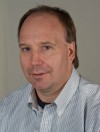 Randall Headrick, Professor and Department Chair
Randall Headrick, Professor and Department Chair
Dr. Headrick's research is in the area of condensed matter and materials physics. Topics include the kinetics of thin film growth, and etching. He has also been active in the areas of X-ray scattering studies of materials growth and surface evolution.
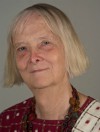 Joanna M. Rankin, Professor Emerita
Joanna M. Rankin, Professor Emerita
Dr. Joanna Rankin carries out research in observational radio astronomy with primary interests in the areas of the pulsar radio-frequency emission problem, pulsars as probes of the interstellar medium, and feminist studies of science. During the last few years, she has published a series of papers describing a phenomenological model of pulsar emission.
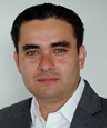 Juan Vanegas, Assistant Professor
Juan Vanegas, Assistant Professor
Dr. Vanegas' research includes multi-scale modeling, molecular simulations (classical and ab initio), continuum mechanics, mechanical signal transduction, mechanosensitive channels, ion channels, membrane biophysics, single molecule electrophysiology.
 Matthew White, Assistant Professor
Matthew White, Assistant Professor
Dr. White's research interests include investigating nonlinear processes in optoelectronic devices and exploring materials physics for low-cost and high-performance photovoltaics.
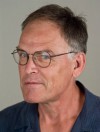 Malcolm Sanders, Senior Lecturer
Malcolm Sanders, Senior Lecturer
Dr. Sanders' research involves "Quantum Chaos" which can be loosely described as the quantum mechanical behavior of nonlinear systems, for example, atoms and molecules subjected to strong external electric and magnetic fields. These systems transition from regular behavior to stochastic behavior when the external perturbing fields are increased. He is also interested in national and global energy policy issues.
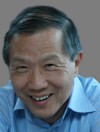 Junru Wu, Professor
Junru Wu, Professor
Dr. Wu's research interests are concerned with nonlinear phenomena, phase transitions in condensed matter, ultrasonic and optical applications in industry and in biomedical systems. They include (a) experimental search for localized states (solitons) in nonlinear media, (b) ultrasound sensors, (c) ultrasound heating in tissues, and (d) biomedical applications of acoustical and optical tweezers.
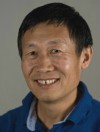 Jie Yang, Associate Professor
Jie Yang, Associate Professor
Dr. Yang's main interests concentrate on biophysics in lower dimensions. One area involves in situ high-resolution structural studies of membrane proteins using state-of-the-art atomic force microscopy, in which the goal is to fully use the power of AFM to obtain nm-resolution structure of membrane proteins.

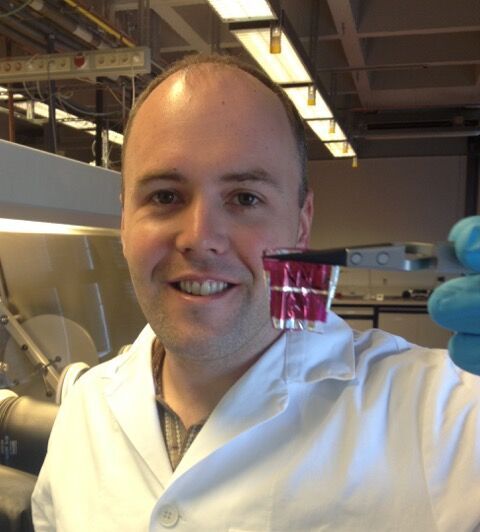 Solar panels could soon be produced the same way newspapers are: with a printer. University of Vermont physics professor Matthew White and his team of 20 professors, graduate and post-doctorate students from Austria, Japan and the U.S. are working to develop extremely cheap, highly flexible solar cells that can be produced on a large scale using conventional printing technologies, such as newspaper or inkjet printers. The innovation has the potential to revolutionize renewable energy.
Solar panels could soon be produced the same way newspapers are: with a printer. University of Vermont physics professor Matthew White and his team of 20 professors, graduate and post-doctorate students from Austria, Japan and the U.S. are working to develop extremely cheap, highly flexible solar cells that can be produced on a large scale using conventional printing technologies, such as newspaper or inkjet printers. The innovation has the potential to revolutionize renewable energy.